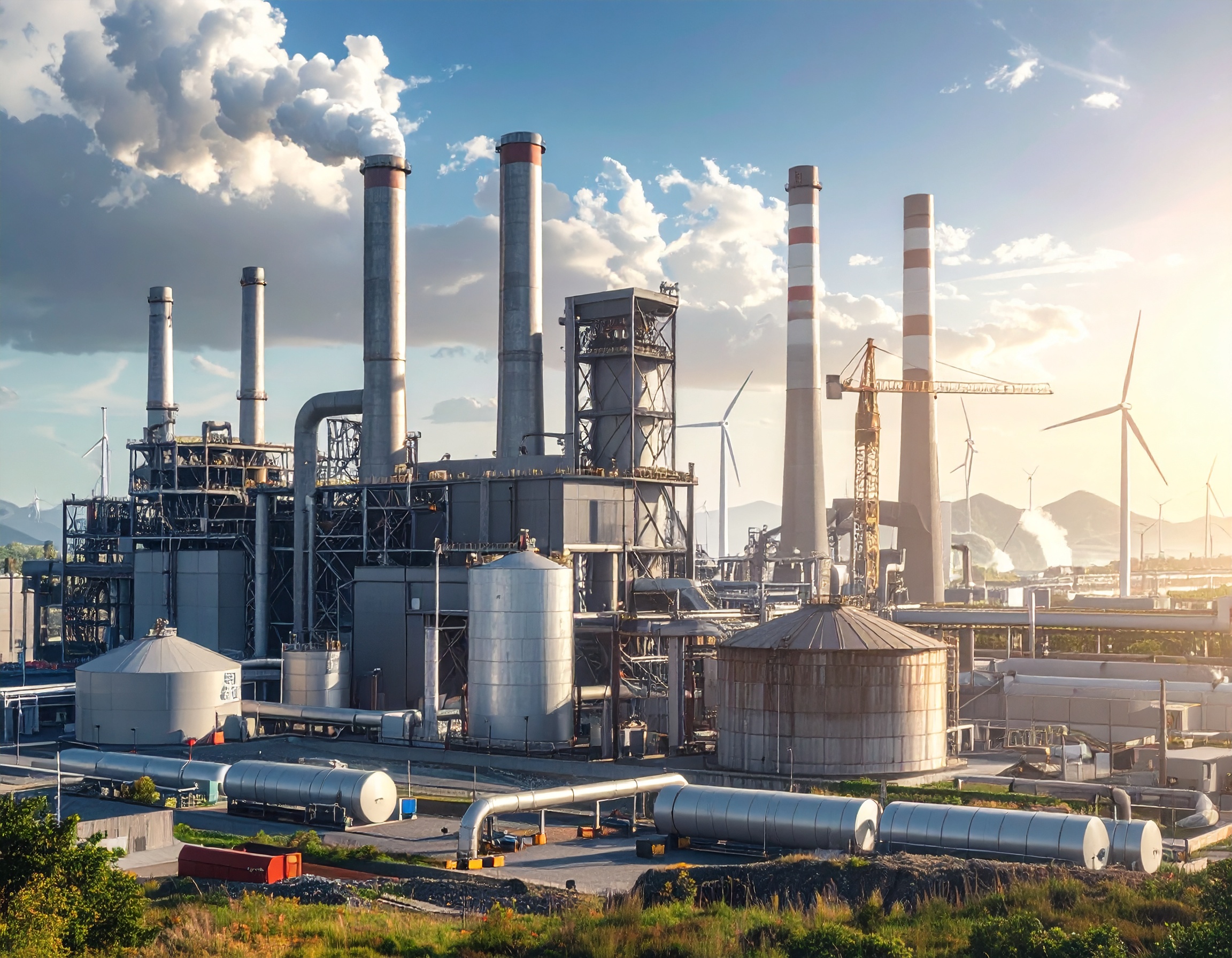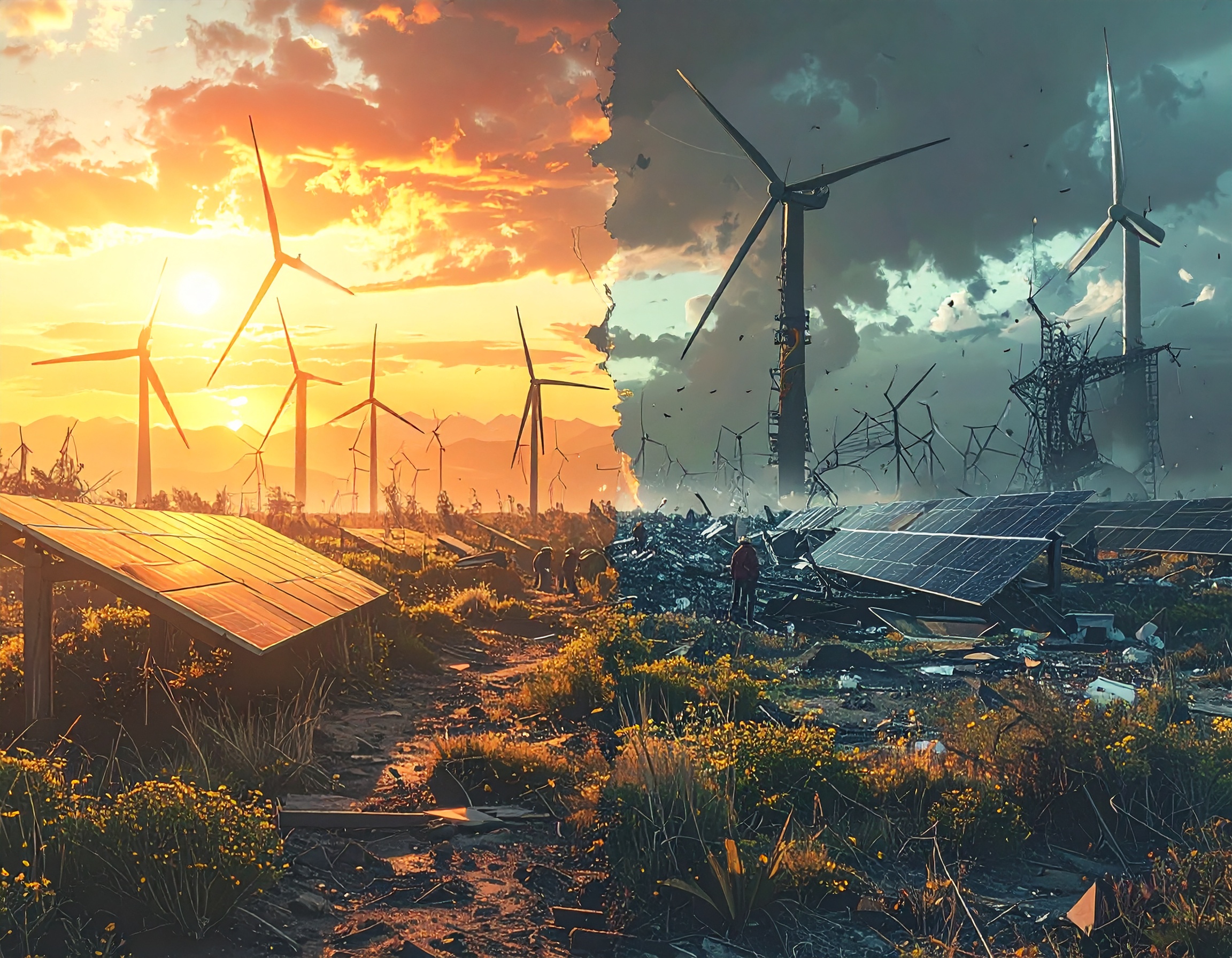Salzgitter Delays Key Phases of Green Steel Project Amid Economic and Regulatory Challenges

Salzgitter AG, Germany’s second-largest steel producer, has announced a three-year delay to the next stages of its flagship Salcos Green Steel Project due to worsening economic conditions and regulatory uncertainty.
The €2.5 billion ($2.9 billion) project—supported by €1 billion in government grants—is designed to transform steel production by using green hydrogen to cut carbon emissions. The first phase, already underway, includes 100 megawatts of electrolyser capacity, a direct reduction plant, and an electric arc furnace. Once operational in 2027, this stage will reduce CO₂ emissions from steelmaking by around 30%, or roughly 2 million tonnes of steel.
However, later phases—expected to slash emissions from steel production by up to 95%, one of the most carbon-intensive industrial processes—will be pushed back. The company now plans to revisit investment decisions for the second expansion stage in 2028 or 2029, instead of the original 2026 timeline.
“The economic environment is not ready. Hydrogen markets are developing more slowly than expected, and promised regulatory changes are still missing,” said Gunnar Groebler, CEO of Salzgitter AG.
The delay will free up approximately €1 billion in capital expenditure, offering short-term financial relief but raising concerns about Germany’s ability to meet its ambitious climate goals.
The announcement follows similar setbacks across the European steel industry. Earlier this year, another leading steelmaker scrapped plans to convert two German plants to carbon-neutral production, citing soaring energy costs. These challenges have cast doubt on Germany’s green hydrogen strategy, which aimed to drive large-scale adoption of hydrogen-based steelmaking through subsidies and renewable energy expansion.
Despite the setback, Salzgitter reaffirmed its commitment to decarbonizing steel production, emphasizing that hydrogen-powered steel remains essential to Europe’s energy transition and industrial future.

